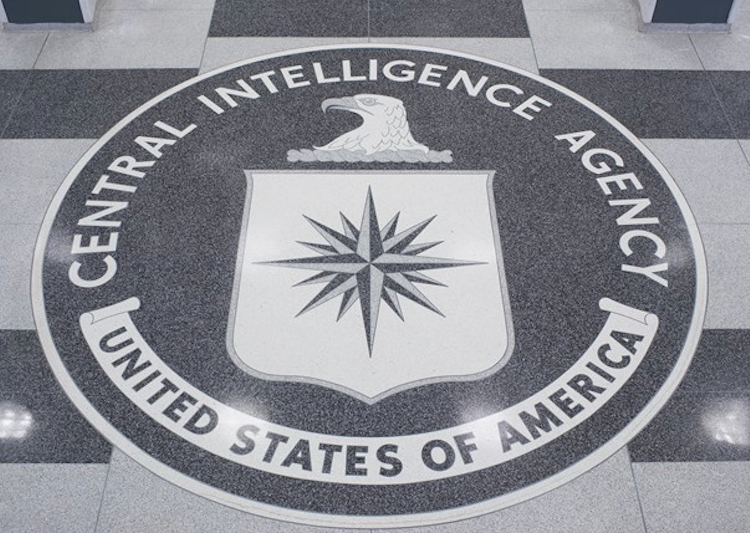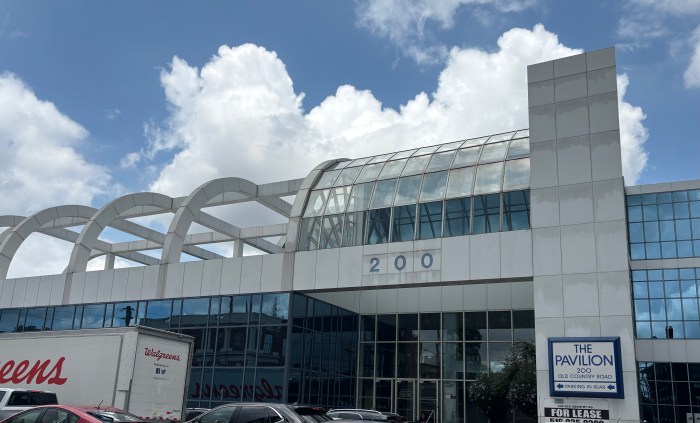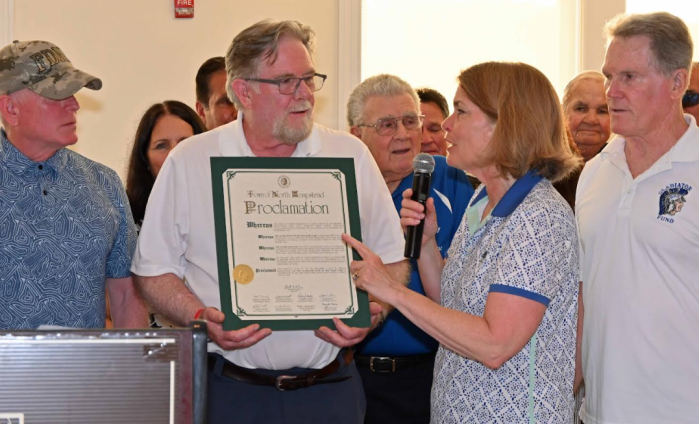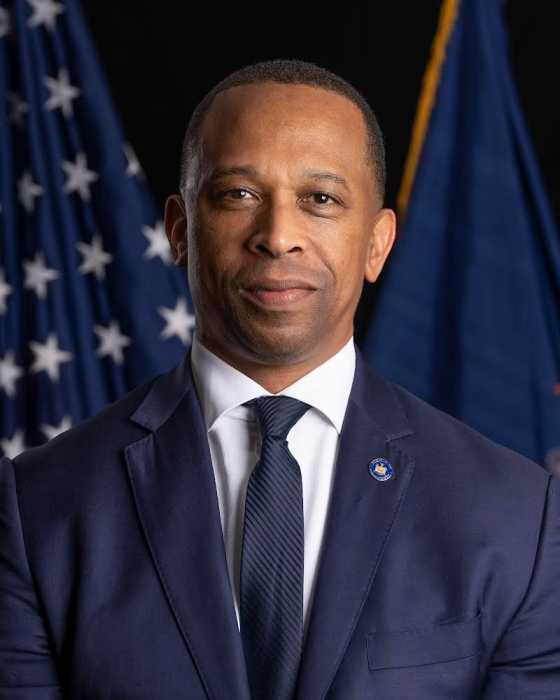A substantial amount of compelling evidence exists to justify a new investigation into former President George W. Bush, Vice President Dick Cheney and more than a dozen other administration officials connected to the CIA’s once secretive torture program, according to a scathing report just published by nonprofit Human Rights Watch.
The non-governmental global human rights organization released a 154-page report this week dubbed “No More Excuses,” in which it criticizes the United States government for its failure to hold accountable the CIA’s post-Sept. 11th torture masterminds—those who authorized controversial interrogation techniques, such as waterboarding, sleep deprivation and rectal feeding, as well as the utilization of “Black Sites” across the globe, where these tactics were implemented—an oversight that sullies the country’s reputation and weakens its authority abroad, the report argues. Failure to punish the architects of the torture program, Human Rights Watch warns, leaves the door open to future abuses by US officials.
Human Rights Watch also called on governments of other nations to investigate the “egregious abuse of prisoners” condoned by Bush administration officials and the CIA.
“The US government has not adequately accounted for these abuses,” the report states. “It has an obligation under international law to prosecute torture where warranted and provide redress to victims, but it has done neither. No one with real responsibility for these crimes has been held accountable, and the government has actively thwarted attempts on the part of victims to obtain redress and compensation in US courts.”
The authors of the Human Rights Watch study rely on the Senate Intelligence Committee’s “torture report,” the rights organization’s own reporting, and other published material to support their conclusion.
“No More Excuses,” which also includes years of research on the once-covert CIA torture program and interviews with five former detainees, examines the Bush administration’s justification for what the White House referred to as “enhanced interrogation,” the actual techniques used on detainees, and how such practices are, in the report’s view, illegal. Officially there were 119 known CIA detainees, 26 of whom were considered “wrongly held.”
The report calls on US Attorney Loretta Lynch, with President Obama’s backing, to appoint a special prosecutor to initiate a federal probe that would rely on interviews with current and former detainees.
“We’re saying that there is enormous amount of information now in the public record…that one, there was enormous amount of conduct that went beyond what was authorized, and the Justice Department should take a fresh look at that evidence, which includes what is in the Senate torture report and what also has been released since then, and talk to detainees,” Laura Pitter, senior national security co-counsel for Human Rights Watch, and the author of the report, tells the Press. “There are plenty who are out of US custody…There’s no reason why those investigations shouldn’t be pursued.” Leslie Haskell, former counsel in the International Justice Program at Human Rights Watch, also contributed to the report.
The report’s most audacious recommendation calls for an in-depth Department of Justice review of torture under the Bush administration—and it points to specific criminal violations the architects and others involved should face: torture, assault, sexual abuse, war crimes and conspiracy to commit such crimes.
The organization argues that the CIA’s torture program is in direct violation of the Convention Against Torture, which was adopted by the United Nations General Assembly in December 1984 and signed by the United States on April 18, 1988, under President Ronald Reagan.
“By giving its advice and consent to ratification of this Convention, the Senate of the United States will demonstrate unequivocally our desire to bring an end to the abhorrent practice of torture,” Reagan said in a letter to the US Senate in May 1988. The torture statute was ratified by Congress in 1994.
The report names President George W. Bush, Vice President Dick Cheney, former CIA Director George Tenent, then-National Security Advisor Condoleeza Rice and about a dozen others involved in the torture program.
Human Rights Watch’s insistence for renewed investigations comes almost a year to the day that the CIA’s detention and torture program was admonished in a long-awaited Senate Intelligence Committee report that relied on 6.3 million CIA records. Members of the committee spent five years investigating the program, and concluded that it was ineffective, deeply flawed and “far more brutal” than the government previously disclosed to the American public and lawmakers. To the disappointment of Human Rights Watch and other transparency advocates, the so-called torture report only contains a summary of the committee’s findings. Its most controversial assessment, that torture did not in any way produce “imminent threat intelligence,” discredited the Bush administration’s premise that the program was an effective intelligence-gathering tool.
“Failure on the part of the US to abide by its obligations to prosecute torture,” says Pitter, “undermines the ability to advocate against torture around the world and it gives other countries a readied excuse to ignore their legal obligations as well.”
In the spirit of transparency, Human Rights Watch also recommended that President Obama declassify the entire Senate Intelligence committee report to “ensure there is a full public accounting of government wrongdoing and that victims of torture can obtain redress.”
“This is one of the most serious human rights violations that the US has engaged in as a country—the state sanctioned program of torture that was operated globally,” says HRW’s Pitter. “It’s important that the country and the people understand how it happened and what happened exactly.”
When previously pressed on initiating probes into the CIA’s terror program, the Obama administration has often evoked the so-called “Durham Investigation,” which Pitter criticized as flawed.
“That investigation never looked at the authorization of the program itself as part of any criminal conduct,” she says. “It only looked at conduct that went beyond what was authorized.”
Assistant U.S. Attorney John Durham’s investigation began in 2008 but was limited to only examining the destruction of interrogation videotapes by the CIA. In 2009, then-Attorney General Eric Holder instructed Durham to investigate whether any federal laws were broken in connection with the interrogation program, but Holder noted the “Department would not prosecute anyone who acted in good faith and within the scope of the legal guidance given by the Office of Legal Counsel regarding the interrogation of detainees,” according to an August 2012 DOJ press release.
When the Senate torture report was released, several human rights organizations called for those authorizing the program to be prosecuted. HRW and the American Civil Liberties Union wrote a letter to Holder urging him to conduct a full investigation into the matter. The joint letter acknowledged that Holder’s office had previously reviewed the program, but noted that the torture report would provide investigators with relevant information previously unavailable to them.
The Germany-based European Center for Constitutional and Human Rights went a step further and filed a criminal complaint against the torture program’s perpetrators and accused several Bush administration officials of war crimes.
Joining the chorus of those condemning the practice was The New York Times, which shortly after the report was released, published an editorial titled: “Prosecute Tortures and their Bosses.”
“I think time is running out” to fully investigate the program, Pitter laments. “Obama only has a year in office, he shouldn’t want this to become part of his legacy—a legacy that leaves torture open as a policy option.
“We’ve seen presidential candidates today defending those prior practices and talking about using them again,” she adds. “If Obama doesn’t draw a clear line of criminality across what happened, he basically leaves that door open and that’s a very dangerous precedent to set.”


































